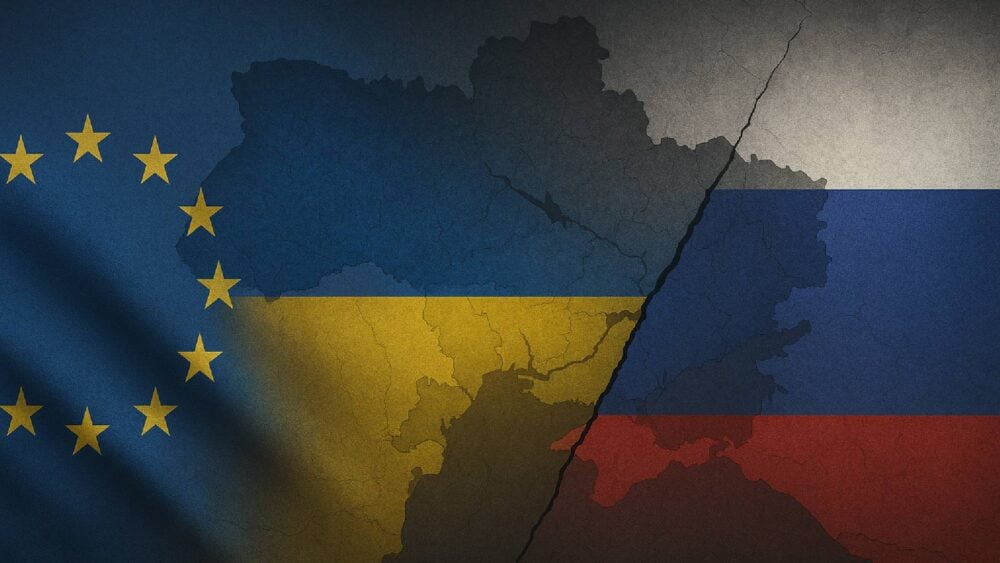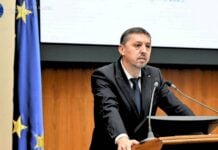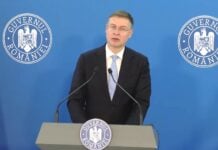- EU leaders discussed in Brussels increasing support for Ukraine and further pressure on Russia.
- A plan aims to use ~$217 billion of frozen Russian assets for defense, assistance, and reconstruction in Ukraine.
- The proposal would operate as a loan granted in tranches in 2026–2027, with repayment conditional on compensation to Ukraine by Russia.
- The European Commission will draft the legal framework; consensus of all 27 member states is required.
- Military aid to Ukraine decreased in 2025, increasing pressure on the EU; estimated budget needs for 2026 are $60 billion.
On October 23, senior leaders from the 27 member states of the European Union gathered in Brussels to address Russia's ongoing invasion of Ukraine, European defense, and developments in the Middle East.
The agenda also included social issues, affordable housing and migration, but the segment dedicated to Ukraine imposed the central conclusion: it is necessary to increase European support and intensify pressure on Russia to end the aggression.
Frozen assets: a first-of-its-kind financing mechanism
At the quarterly session of the European Council, leaders explored a plan to use frozen Russian assets in the EU, valued at around $217 billion, for Ukraine.
The proposal envisages directing these sums towards defence, assistance and reconstruction, based on a loan architecture: the funds would theoretically be “repaid to Russia” only if it agreed to compensate Ukraine for the damage caused. If approved, the scheme would deliver tranches in 2026 and 2027, calibrating the flows to the needs on the ground and Kiev’s administrative capacity.
Political and legal status: agreement in principle, details in progress
According to the reported discussions, the 27 member states agree in principle to use frozen Russian assets for Ukraine, but legal experts and decision-makers must finalize the implementation method.
The European Commission will draft the formal legal proposal, and adoption requires full consensus of the Member States. The technical element is essential: a robust framework is needed to ensure the transfer, the transparent use of the money and a credible conditioning/return mechanism.
Why now: the fall in commitments and the pressure on the EU
The context is critical. In 2025, military allocations to Ukraine decreased significantly, a trend visible in both Europe and the US. The direct effect: additional pressure on the capacity of the EU and European NATO members to fill the gaps.
For Ukraine, the consequences could be immediate – from the risk of shortages of ammunition and weapons, to difficulties in sustaining operations on the front line, at a time when Russia is showing no credible signs of de-escalation.
Budgetary impact: deficit coverage and government programs
Beyond defense, Ukraine faces a persistent budget deficit caused by the war. For 2026, the assistance needs are estimated at $60 billion.
The EU plan would provide fiscal space, funds could also be allocated for critical government programs and deficit compensation, reducing pressures on the economy and public services, in parallel with urgent financing of humanitarian and medical assistance.
Benefits, consequences and risks of allocating the $217 billion
The benefits for Ukraine are clear: substantial resources for defense, reconstruction, and good fiscal governance. The positive consequences for the EU include strategic coherence and a strong signal of solidarity.
However, there are risks and challenges: the legal complexity of the framework, the need for political consensus, the imperatives of transparency and traceability of the use of funds, as well as managing public attention and opportunity costs. Implementation must be accompanied by rigorous monitoring and reporting mechanisms to ensure the efficiency and integrity of the spending of money.
Conclusion of the discussions
By operationalizing the plan to use frozen Russian assets, the EU would significantly double the aid sent to Ukraine over the past three years and would set a precedent of holding the aggressor financially accountable. Without increased support, Ukraine risks critical vulnerabilities on the front and in its budget.
Instead, with a solid legal framework, the consensus of the 27 and transparent execution, the $217 billion can become a decisive pillar for Ukraine's defense, economic resilience and European future.





























